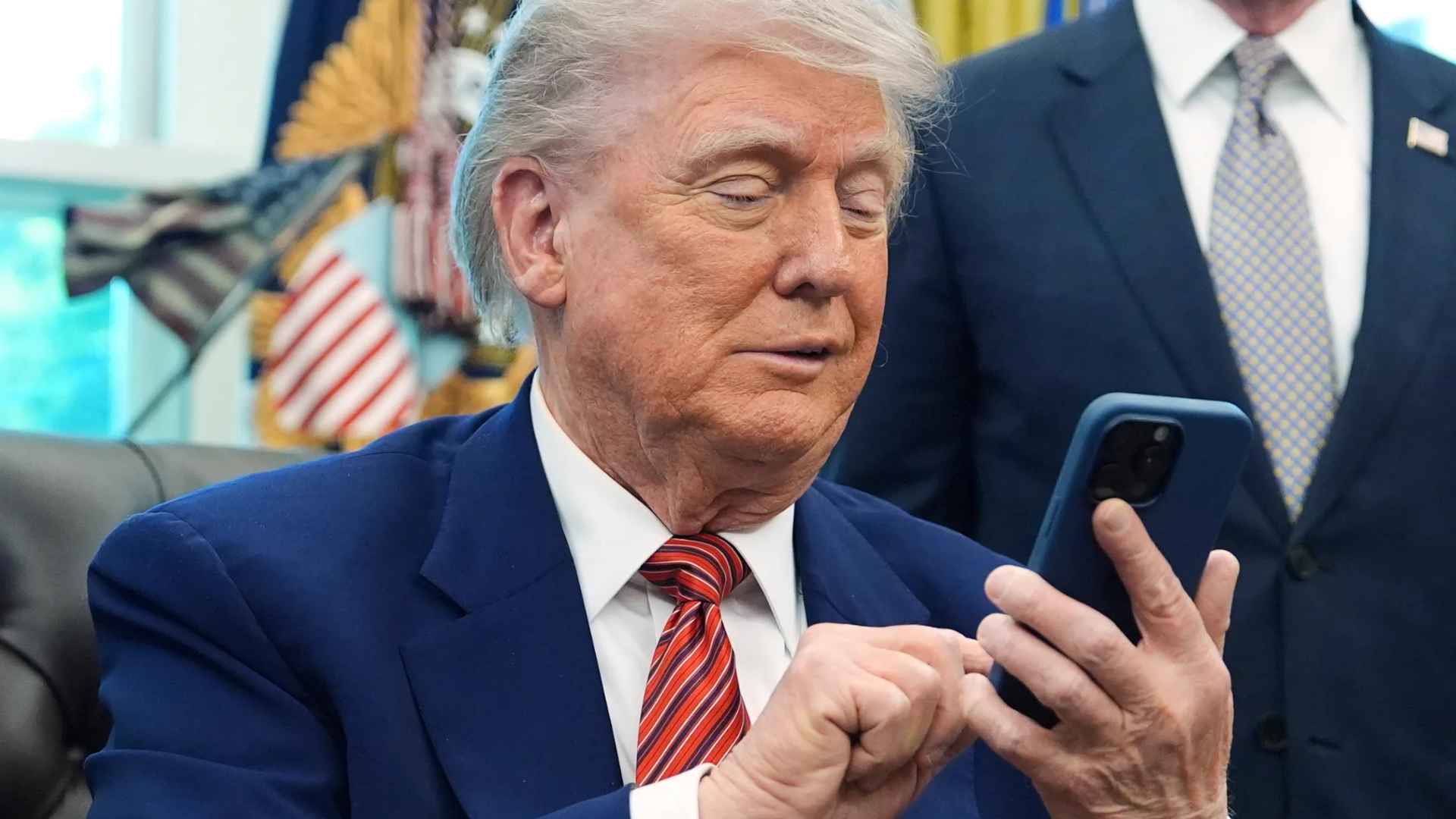Elon Musk is sparking fresh controversy by declaring that federal agencies could be squandering more than $100 million annually on unnecessary phone lines. As head of the Department of Government Efficiency (DOGE), he insists that swift action is needed to cut these outdated expenses.
In a recent internal audit of the Office of Personnel Management (OPM), the DOGE discovered that roughly 20% of active lines—198 out of 1,048—were either duplicated or completely unused. Musk believes that if this situation is widespread across the entire government, the losses could easily climb into nine figures.
Incredibly, it took just one hour to cancel the redundant lines at the OPM. So why are taxpayers still footing the bill for so many others? Currently, only about 2% of adults use a landline, meaning the rest is pure waste, especially when the FCC no longer requires copper lines in every home and providers like Verizon Communications Inc. have scaled back landline infrastructure.
Why the Office of Personnel Management’s massive phone lines are causing a multi-million dollar controversy
Musk’s repost on X, warning that “The government is throwing away 100 million a year!”, made waves among policymakers and citizens alike. Everyone seems to wonder how such an oversight remained under the radar for so long. Could it be rooted in outdated contracts, slow-moving bureaucracy, or both? One thing’s clear: this discovery highlights a chronic lack of oversight that calls for urgent solutions.
Some experts argue that the government’s reliance on old technology stems from institutional inertia. However, Musk contends that every dollar saved here could be redirected to modern innovations, cybersecurity improvements, or even better public services. It’s a fair question—should outdated phone lines keep draining federal funds?
How the DOGE’s mission to modernize government technology aims to end hidden expenses
The DOGE was created to tackle excessive costs and promote digital upgrades throughout federal agencies. But it’s not a formal executive department, since Congress never granted it official status. Maybe that’s why its aggressive strategies have fueled controversy. Yet Musk remains undeterred, focusing on tangible results and exposing inefficiencies wherever they lurk.
The OPM is just one corner of the federal administration, representing a tiny fraction of the whole. If so many lines can be canceled within minutes at one agency, imagine how many more are dormant elsewhere. Let’s take a quick look at potential scenarios:
| Agency | Estimated Lines | Potentially Unused | Projected Savings |
|---|---|---|---|
| Department of Energy | 5,000 | 500 | $2 million |
| Department of Justice | 8,500 | 850 | $3.4 million |
| Others (Combined) | 20,000+ | 2,000+ | $8 million+ |
These figures are hypothetical, but they highlight the scope of possible waste. After all, every extra line is another charge on the government’s monthly bill.
So what’s next? Musk has vowed to keep shining a spotlight on pointless expenses, and the question remains: will other departments follow OPM’s lead and disconnect the lines they no longer need? In the end, it all comes down to responsible management and ensuring taxpayers’ money is wisely spent.

